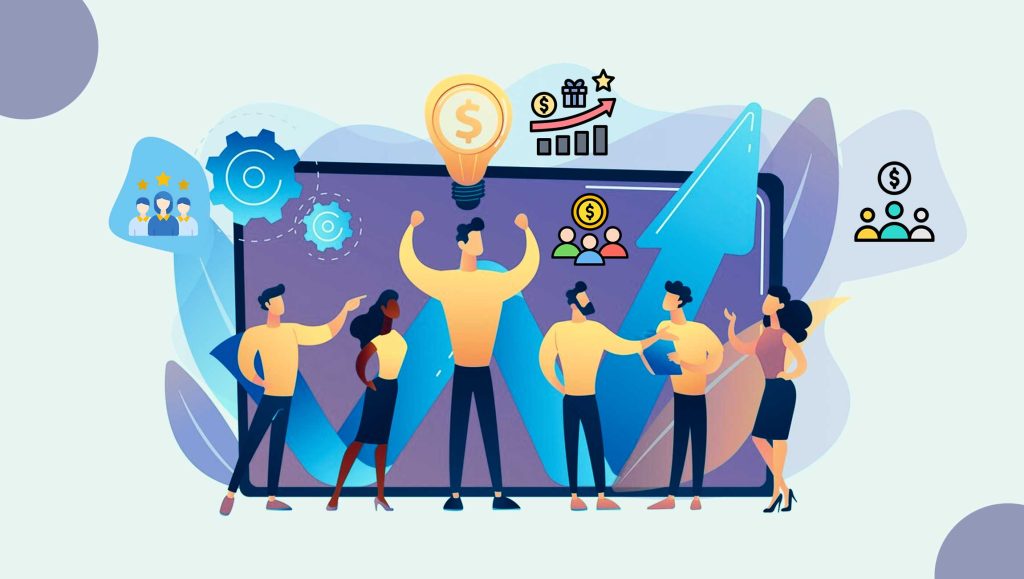Gamification, the practice of introducing game-like features into non-gaming environments, has gained significant traction across multiple sectors. Especially in sales, where the link between motivation and performance is crucial, gamification plays a vital role. Let’s explore how gamification can serve as an innovative strategy to motivate and incentivize sales teams, thereby driving performance and revenue.
The Importance of Motivation in Sales
Motivation stands as a cornerstone in the sales industry, directly influencing productivity, job satisfaction, and ultimately, revenue. While traditional methods like financial incentives and performance reviews have their merits, they often fall short in sustaining long-term engagement. These conventional approaches can become monotonous, leading to diminishing returns over time. Hence, there’s a growing need for more dynamic and engaging motivational strategies.
What is Gamification?
In terms of sales, gamification involves adding game-like aspects such as points, badges, and leaderboards into the sales workflow. This method taps into psychological drivers like reward mechanisms and competitive spirit to enhance a sense of accomplishment and teamwork among sales personnel. By turning routine tasks into challenges and offering tangible rewards for accomplishments, gamification taps into the innate human desire for recognition and achievement, thereby elevating motivation, and performance.
Benefits of Gamification for Sales Teams
Far from being a mere industry catchphrase, gamification stands as a potent strategy capable of driving remarkable improvements in the performance of sales teams. Let’s explore the specific advantages that gamification can bring to your sales force.
- Enhanced Engagement: One of the most immediate benefits is increased engagement among team members. Gamification makes the sales process more interactive, thereby reducing monotony and increasing enthusiasm.
- Healthy Competition: Leaderboards and scoring systems instill a sense of competition. This not only pushes individuals to outperform themselves but also fosters a team spirit that can be highly motivating.
- Skill Development: Gamification can be designed to focus on specific skills or tasks, such as cold calling or upselling. This targeted approach ensures continuous skill development alongside daily tasks.
- Employee Retention: A motivated employee is a happy employee. By making the work environment more engaging and rewarding, gamification can significantly reduce turnover rates.
- Data-Driven Insights: The metrics gathered through gamification can provide invaluable insights into individual and team performance, allowing for more targeted coaching and strategy refinement.
Read More: SalesTechStar Interview with John Schoenstein, CRO at Customer.io
Key Elements of a Successful Gamification Strategy
Implementing gamification is not about merely adding points or badges; it requires a well-thought-out strategy. Here are some key elements that can make or break your gamification initiative.
- Clear Objectives: Before rolling out any gamification elements, it’s crucial to define what you aim to achieve—be it increased sales, better customer engagement, or improved skill sets.
- Relevant Rewards: The rewards offered should align with both the objectives and the preferences of the sales team. Whether it’s a monetary bonus, a day off, or public recognition, the reward must be meaningful.
- User-Friendly Interface: The gamification platform should be intuitive and easy to navigate. A complicated system can deter users, negating any engagement benefits.
- Regular Updates: To maintain interest and engagement, the gamification elements should be updated regularly. This could mean introducing new challenges, updating leaderboards, or offering seasonal rewards.
- Performance Tracking: Effective gamification is data-driven. Regular tracking and reporting are essential for measuring the impact of your gamification efforts and making necessary adjustments.
Real-Life Examples of Gamification in Action
The efficacy of gamification in sales is not just theoretical; several companies have successfully implemented it to boost their sales performance.
- Microsoft employed gamification to enhance the usage of their CRM software among sales teams. By introducing leaderboards and rewards for data entry, they saw a 55% increase in usage within the first week.
- SAP used gamification to improve the engagement levels of their sales teams, resulting in a 50% increase in deal closure rates.
Potential Pitfalls and How to Avoid Them
While gamification holds immense potential, improper implementation can lead to disappointing outcomes. One common mistake is the design of irrelevant or uninspiring rewards, which can demotivate rather than incentivize. Another pitfall is the lack of clear objectives, leading to a scattered and ineffective strategy. To avoid these issues, ensure that the rewards align with team preferences and organizational goals. Additionally, set clear, measurable objectives before rolling out the gamification elements. Regularly review and adjust your strategy based on performance metrics to keep it aligned with your objectives.
Conclusion
Gamification offers a dynamic approach to motivating and incentivizing sales teams, driving both engagement and performance. From enhancing skill development to providing valuable data-driven insights, the benefits are manifold.
However, the key to success lies in thoughtful implementation, backed by clear objectives and relevant rewards. Businesses looking to elevate their sales strategies should seriously consider integrating gamification as a robust tool for achieving sustainable growth and success.
Read More: Maximizing Buyer Intent Signals: What Should Sales and Marketing Teams Keep in Mind?





















